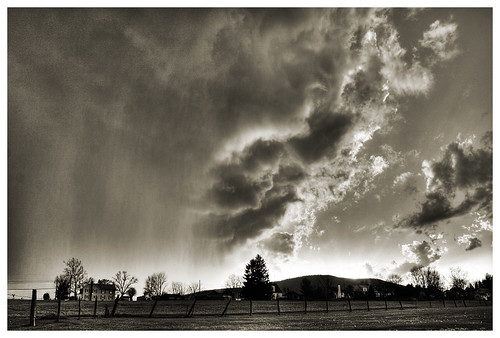Bernie’s Transportation Communications Newsletter (TCN) – May 26, 2009
Tuesday, May 26, 2009 – ISSN 1529-1057
ITS America’s 2009 Annual Meeting & Exposition Kicks Off in Less Than One Week
From June 1-3, join U.S. Secretary of Transportation Ray LaHood, members of Congress, and other transportation, technology, business and policy leaders at ITS America’s 2009 Annual Meeting & Exposition – located just 15 minutes away from the nation’s capitol. If you are in the transportation industry, you cannot afford to miss this event. ITS America has put together an exciting program of nearly 100 educational and Congressional fact-finding sessions, opportunities to interact with members of Congress and senior government officials, 150,000 square feet of exhibits, tours of local ITS facilities and projects, a “City Streets” technology demonstration staged right outside of the convention center, and a closing reception and technology showcase in the new Capitol Hill Visitors Center. For more information on the program and to register, visit http://www.itsa.org/amregistration.html.
CAMERAS
1) Internet Accelerating Speed Camera Foes in Maryland
Link to story in The Washington Post:
http://www.washingtonpost.com/wp-dyn/content/article/2009/05/25/AR2009052501975.html
2) Man Unhappy as Traffic CCTV Films His Home
Link to story on Get Surrey:
http://www.getsurrey.co.uk/news/s/2051346_man_unhappy_as_traffic_cctv_films_his_home
GPS / NAVIGATION
3) The GAO, the Media, and GPS
Link to commentary in The Space Review:
http://www.thespacereview.com/article/1381/1
OTHER
4) Four States Adopt ‘No Smiles’ Policy for Driver’s Licenses
Link to story in USA Today:
http://www.usatoday.com/news/nation/2009-05-25-licenses_N.htm
PEDESTRIANS
5) Indonesian Law Will Make Disabled Wear Signs in Traffic
Link to story in The Jakarta Globe:
http://www.thejakartaglobe.com/news/law-will-make-disabled-wear-signs-in-traffic/277469
ROADWAYS
6) Illinois Tollway Hopes New Signs Pay Off
Link to Chicago Breaking News story:
http://www.chicagobreakingnews.com/2009/05/illinois-tollway-signs.html
7) Growth Means Signs Can’t Keep Up with Times
As communities spread ever outward, traffic signage estimates are frequently miles off the mark.
Link to story in The Ledger:
TELEMATICS
8) Ford Takes on OnStar with 911 Assist
Link to story in Wired:
http://www.wired.com/autopia/2009/05/ford-takes-on-onstar-with-911-assist/
TRANSIT
9) Trolley Anticrash Technology Put Off in Boston
Link to story in The Boston Globe:
http://www.boston.com/news/local/massachusetts/articles/2009/05/25/trolley_safety_system_put_off/
TRAVELER INFORMATION / TRANSPORTATION MANAGEMENT
10) Digital Transport Project to be Rolled Out in Birmingham, UK
Link to story in the Birmingham Post:
11) Upstate New York is Not Yet in 511 NY Real-Time Traffic Alert Loop
Link to column in the Times Union:
http://www.timesunion.com/AspStories/story.asp?storyID=803479
Upcoming Events
ITS International Best Practices Workshop: Wireless Communications – July 13-14 – Charlotte, North Carolina
http://www.apta.com/conferences_calendar/itsbest/
Today in Transportation History
1889 **120th anniversary** – The first passenger elevator opened in the Eiffel Tower.
http://www.tour-eiffel.fr/teiffel/uk/
=============================================================================================
The Transportation Communications Newsletter is published electronically Monday through Friday.
To subscribe send an e-mail to: TCNL-subscribe@googlegroups.com
To unsubscribe send an e-mail to: TCNL-unsubscribe@googlegroups.com
TCN archives: http://groups.yahoo.com/group/transport-communications
Questions, comments about the TCN? Please write the editor, Bernie Wagenblast ati95berniew@aol.com.
© 2009 Bernie Wagenblast










